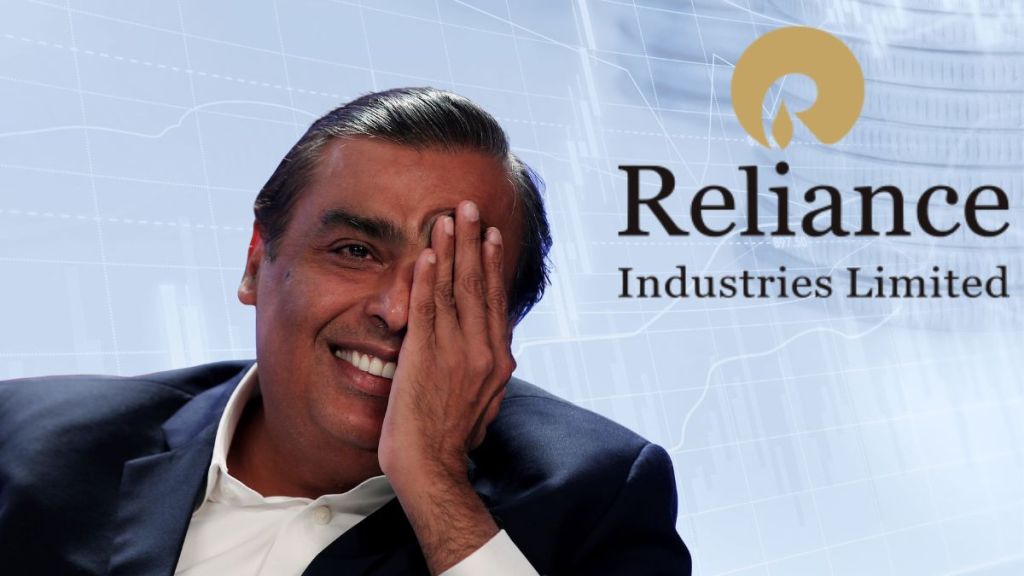All eyes are on Reliance Industries ahead of its AGM later this week. The street is watching out for the potential announcement of Jio IPO plans. While the street is awaiting the key date, JPMorgan has an Overweight rating on Reliance Industries with a price target of Rs 1,695 per share. This implies nearly 22% upside for the RIL share price from current levels.
They consider RIL’s relative valuations “reasonable despite its YTD outperformance.” Though the brokerage house anticipates some correction on account of its Russian oil purchases and risks of US/European action, “the stock could recover if these issues abate,” they reiterated.
JPMorgan on Reliance Industries: Valuations attractive
JPMorgan stated that one of the biggest factors supporting the Overweight rating on Reliance is the company’s valuation. Though the stock is up 17% so far in 2025, the relative valuations are still attractive. “The implied holding company discount available on Jio/Retail (measured at Bharti/DMART EV/EBITDA) remains elevated, as these stocks have also done well.”
They expect “better O2C margins, potential tariff increases and improved retail growth to help.”
According to JPMorgan, before foraying into retail/telecom, RIL’s earnings growth was determined by either “capex (new refining/chemical capacities) or margin cycles. Capex cycles then tended to impact stock performance.” However, Reliance Retail + Telecom now account for 54% of total FY25 consolidated EBITDA. On our estimates, they will account for almost all of the net EBITDA growth over the next three years.”
JPMorgan on Reliance Industries: Valuation Vs Bharti, DMart
JPMorgan further compares RIL’s 17% gains YTD with the Nifty. The key benchmark Index is up 5.7% in the same period, “only partially closing the large underperformance through 2024,” added JPMorgan.
Despite the headline increase in multiples, “RIL appears relatively inexpensive to us on two measures – The implied holding company discount for Jio and Retail business remains elevated in the 25-30% range and has fallen only marginally through 2025. We measure,” explained JPMorgan.
While Reliance has done well, valuations for Bharti Airtel and DMart have also increased this year, preserving RIL’s relative valuation argument. According to JPMorgan, “Reliance Retail’s implied EV/EBITDA multiple is at an increased discount to Dmart and appears relatively cheaper”
JPMorgan on Reliance Industries: To deliver positive Free cash flow
JPMorgan pointed out that RIL has operated at “materially negative free cash flow for the last three years, driven by spending in telecom. As that fades, with an EBITDA run rate of $20bn per year, Reliance should deliver positive free cash flow.” The free cash flow improvement is expected despite elevated capex plans at the New Energy complex and in the Retail business, JP Morgan added.
The international brokerage house pointed out that “the company’s recent guidance maintaining net debt to EBITDA of less than 1x also implies positive FCF generation.”
JPMorgan on Reliance Industries: Potential growth drivers
Some of the big growth drivers for Reliance Industries at the current juncture include
– Improved commodity spreads
– Refining margins are up on trend
– RIL’s overall petchem GM has increased near term
JPMorgan explained that “an increase in telecom tariffs is still likely on the cards, without which Jio’s headline EBITDA growth could fall meaningfully in Dec/Mar FY26.”
“Retail growth has been volatile, but the upcoming festive season could combine with a low base from last year to restore high double-digit headline growth. Reliance Retail could also benefit from any consumer tax cuts, as recently reported,” they added.
Overall, JPMorgan expects RIL to deliver a “better 2-year EPS CAGR, given limited further downside to O2C. With comfortable relative valuations, this could help the stock perform.”

